Cooking with less oil is a great way to make your meals healthier without compromising on flavor or texture. It’s easy to reduce the amount of oil in your cooking while still creating delicious, satisfying dishes. Whether you’re trying to cut down on calories, boost heart health, or just switch to a lighter cooking method, these 13 tips and tricks will help you enjoy your favorite meals with less oil. Let’s dive into these clever kitchen hacks to make cooking with less oil a breeze!
Use Non-Stick Cookware

Non-stick pans allow you to cook with minimal oil or even none at all. The non-stick surface prevents food from sticking, making it easier to sauté, fry, or scramble with little to no oil. If you don’t have non-stick pans, you can always use a small amount of oil and still get excellent results.
Switch to a Cooking Spray
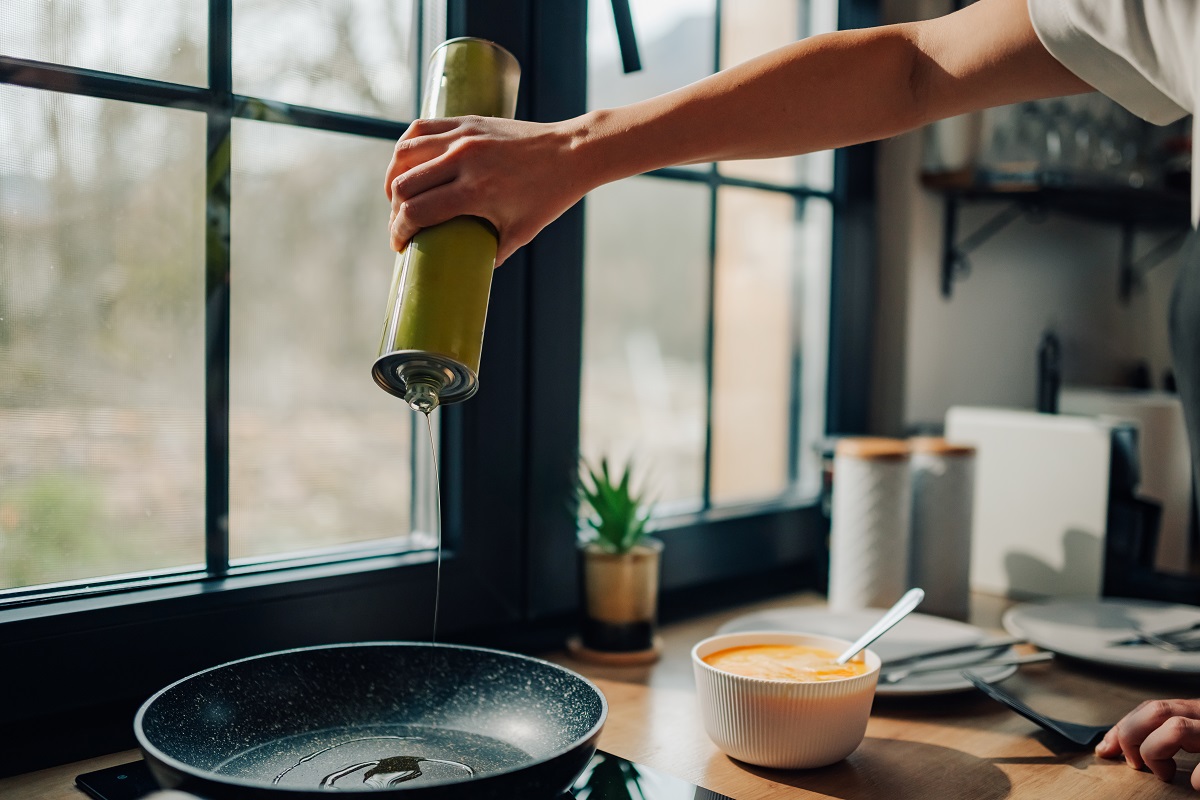
Cooking sprays are an excellent way to lightly coat your pans without using much oil. Just a quick spray of olive oil or avocado oil can cover the surface of the pan, ensuring that your food doesn’t stick and you don’t overuse oil. It also helps you control the amount of oil you’re adding to your dishes.
Try Grilling or Roasting
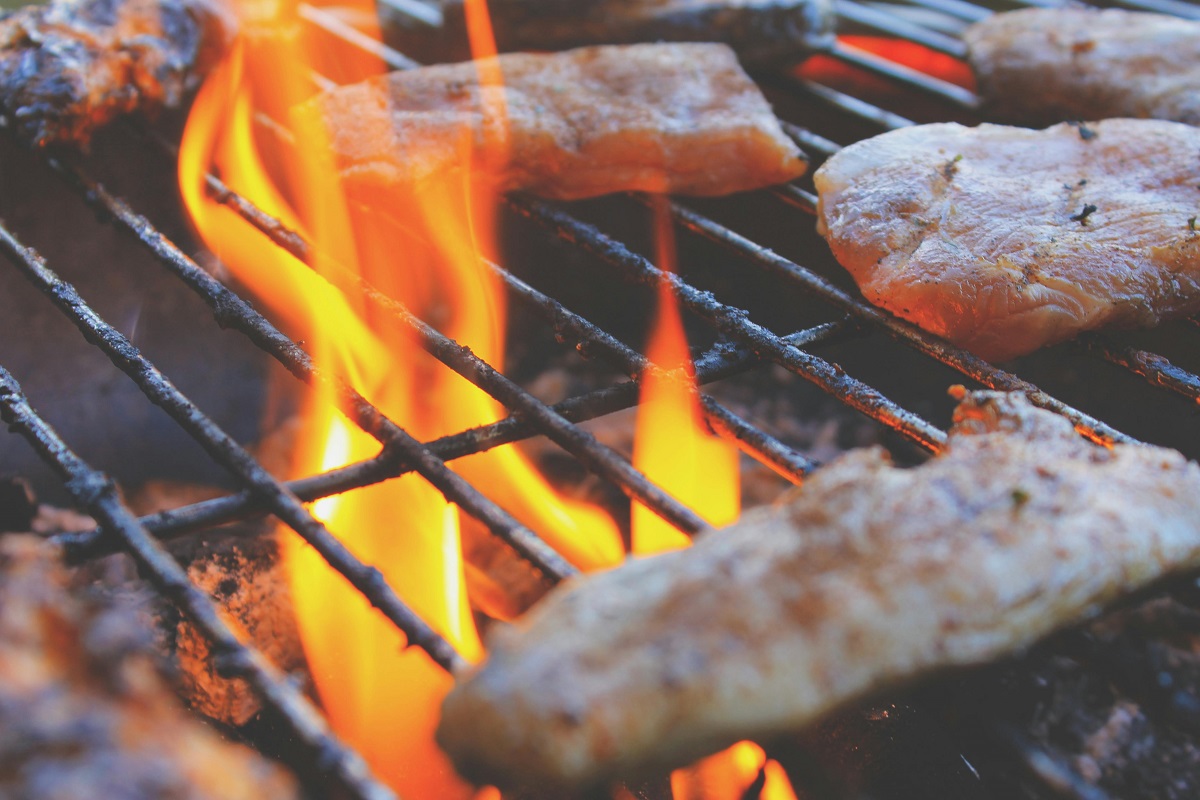
Grilling and roasting allow you to cook your food with minimal or no oil. The heat from these methods creates a crispy texture, and the food naturally releases its own juices. Grilling vegetables, meats, or even fruits can add great flavor and texture without the need for excessive oil.
Steam Vegetables
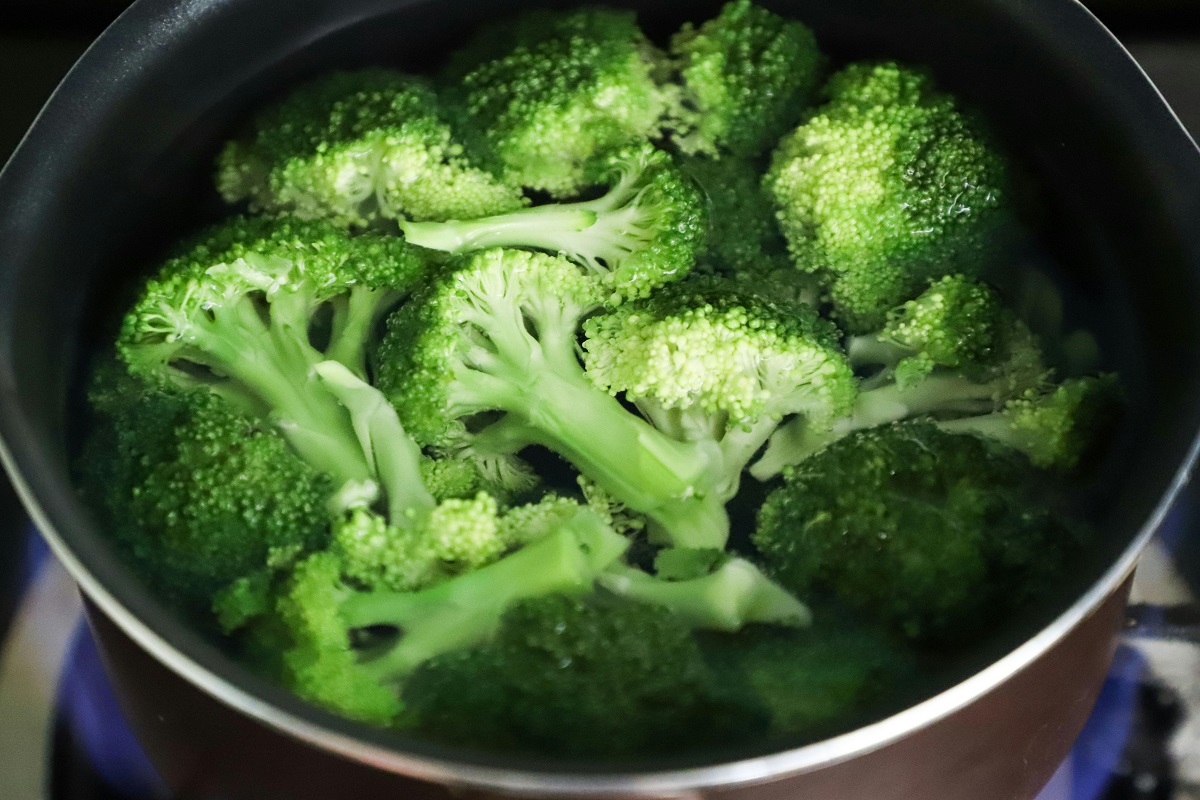
Steaming vegetables is one of the healthiest cooking methods that require zero oil. It helps retain the nutrients in your veggies while maintaining their crispness and natural flavor. For added flavor, you can steam vegetables with a little seasoning or herbs.
Use a Slow Cooker
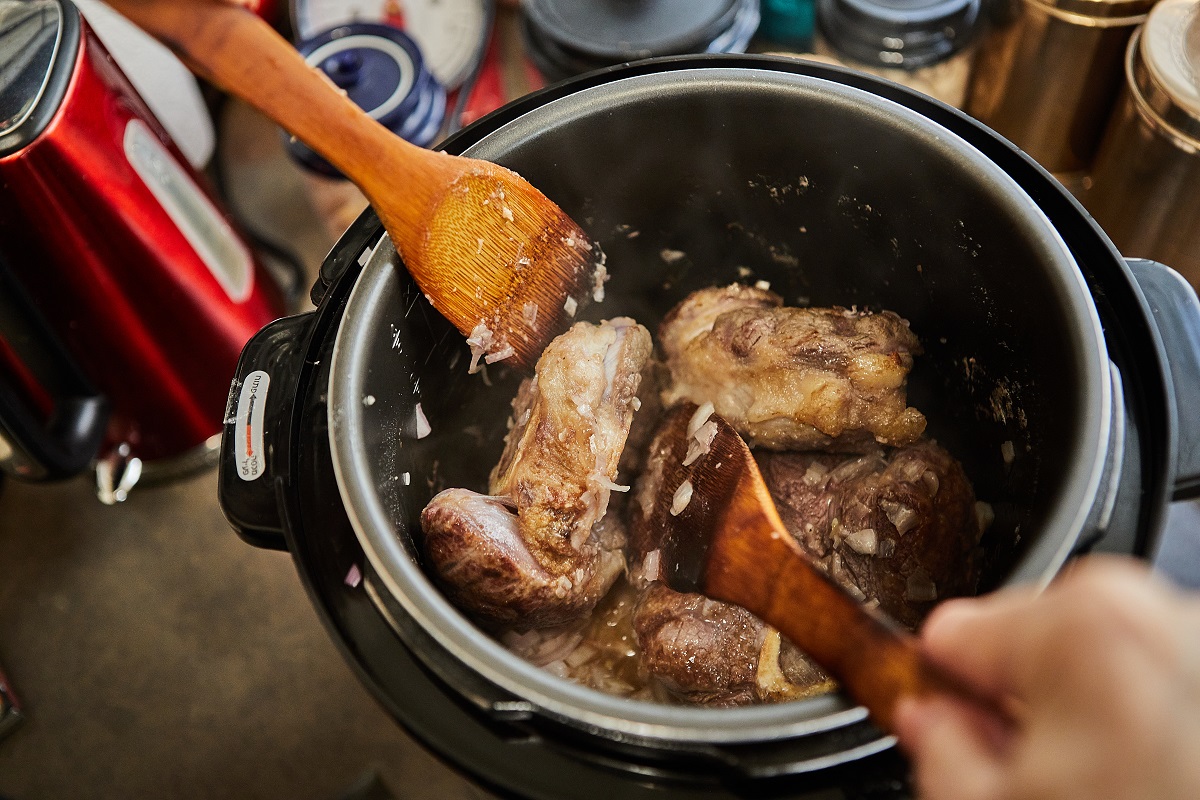
Slow cookers can cook meats and vegetables without needing to add any oil. The long cooking process allows the food to release its natural fats, creating a delicious and tender dish. This is especially great for stews, soups, and braises. Slow cookers also help preserve the nutrients in the food, allowing for a rich, flavorful meal without the need for excessive added fats.
Bake Instead of Frying
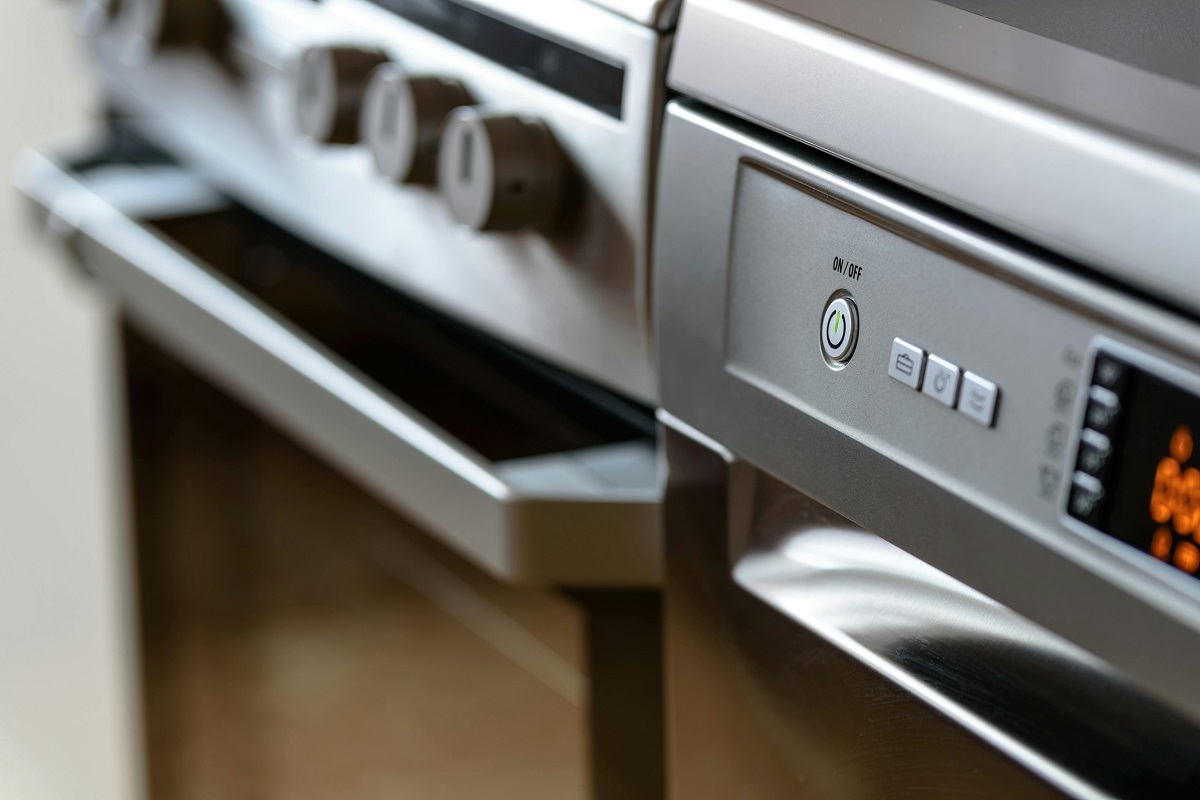
Baking allows you to cook food without the need for excess oil, resulting in a healthier, lower-fat option. By using a bit of seasoning and a light drizzle of olive oil or none at all, you can still achieve a crispy texture. This method works wonders for everything from chicken to vegetables and is a great way to enjoy the same flavors with fewer calories.
Related Post: 12 Famous Milkshakes That Went Extinct Overnight
Sauté with Water or Vinegar
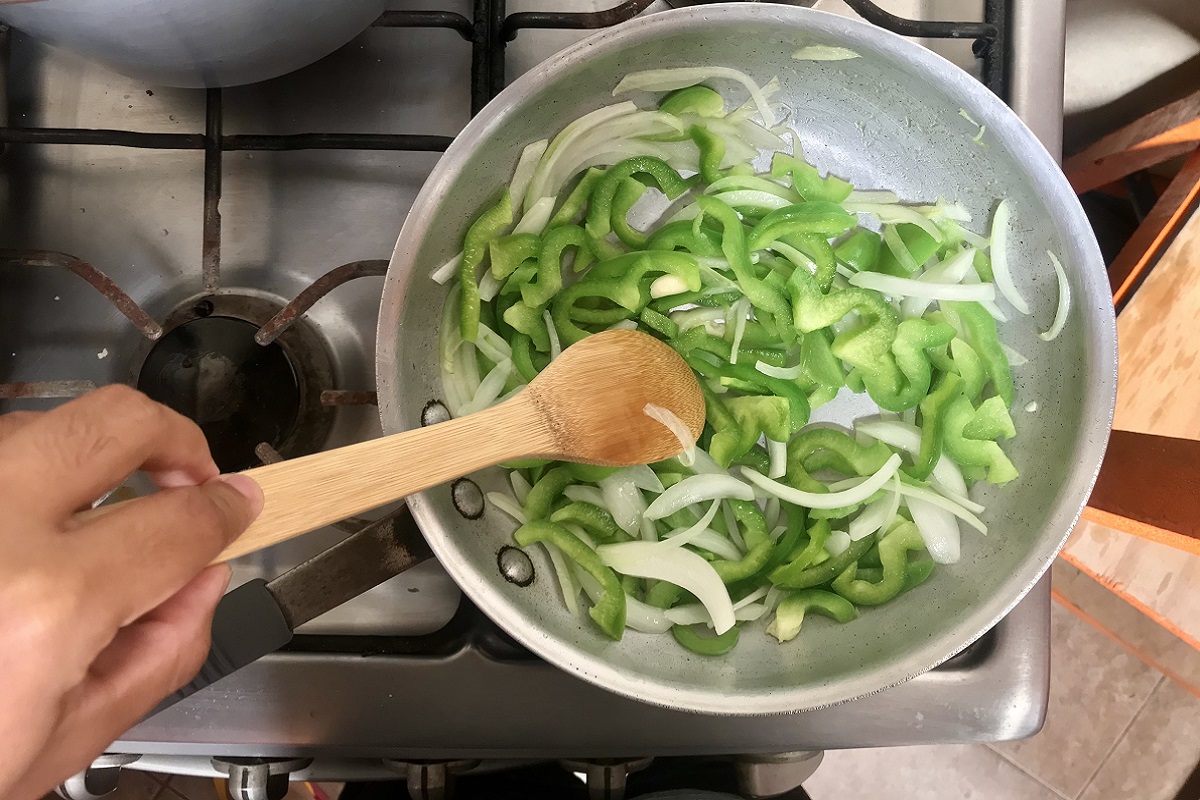
Instead of using oil, you can sauté vegetables or meats with water or vinegar for a lighter, healthier option. Both water and vinegar help to prevent sticking while still allowing you to create delicious, flavorful dishes. Vinegar adds a tangy twist to your meals, while water keeps things simple and light.
Related Post: Best Food Processor for Baking
Opt for Leaner Cuts of Meat
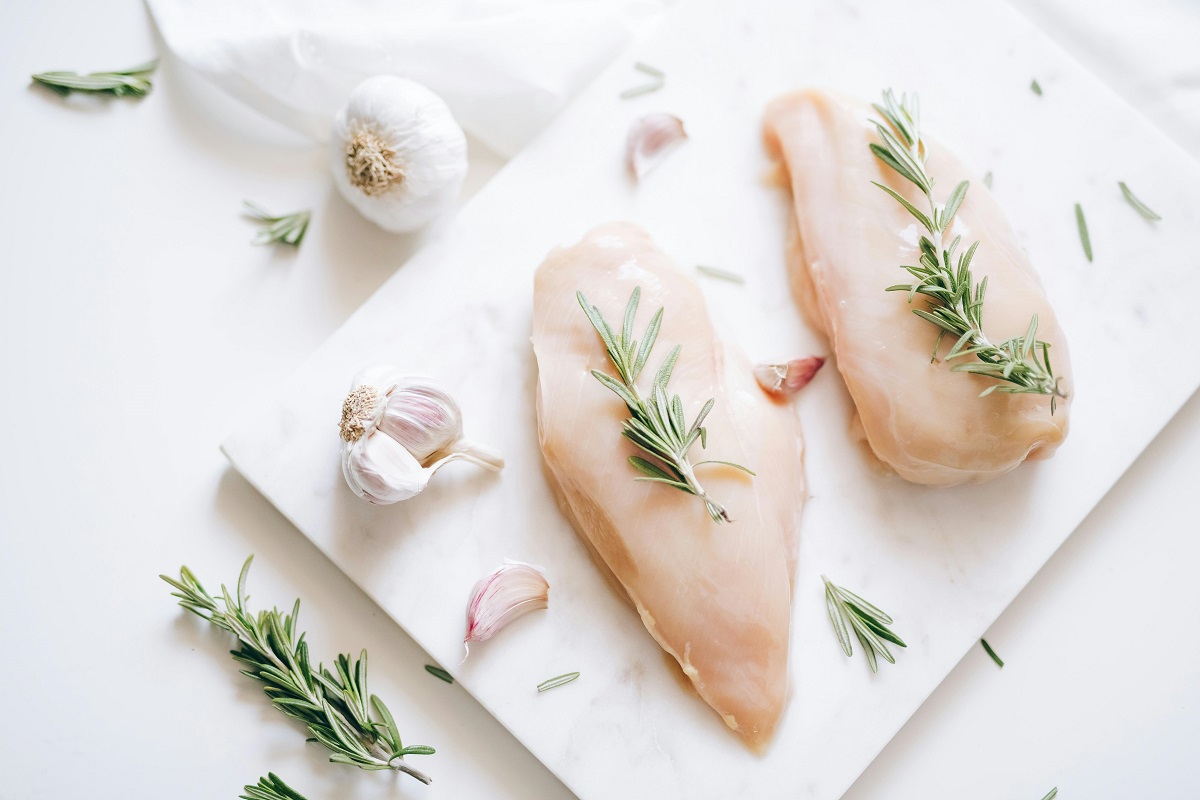
By choosing lean cuts of meat, such as chicken breast, turkey, or lean beef, you can avoid using extra oil when cooking. Lean meats are naturally lower in fat, so they don’t require as much oil to cook them through. This makes them not only a healthier choice but also easier to cook without adding unnecessary calories.
Related Post: How to Thaw Cool Whip Quickly: Comprehensive Guide
Substitute Oil with Nut Butters
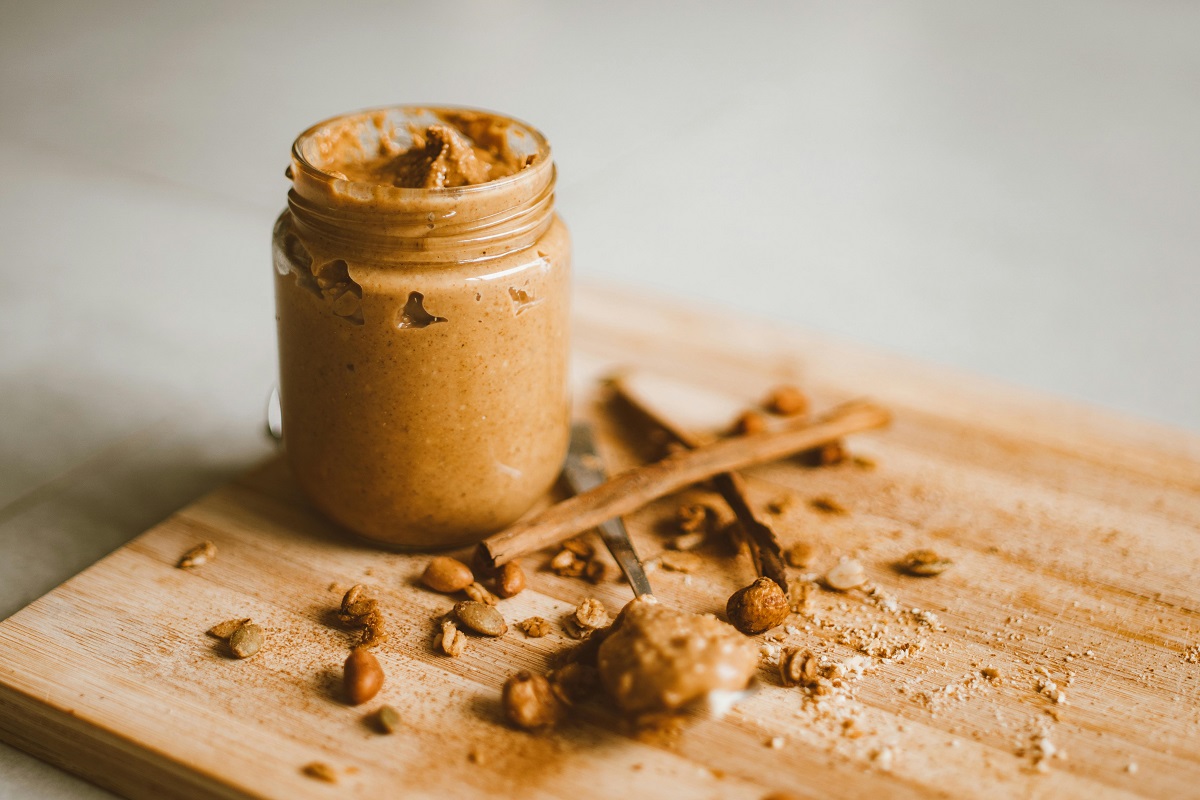
For some dishes, using nut butters like almond or peanut butter can provide a creamy texture without the added oil. Nut butters are packed with healthy fats and add a rich flavor to sauces and dressings. They also help make dishes more satisfying and can be a great alternative for people looking to cut down on refined oils.
Related Post: 14 Lost Pizza Toppings That Will Blow Your Mind
Roast with Herbs and Spices
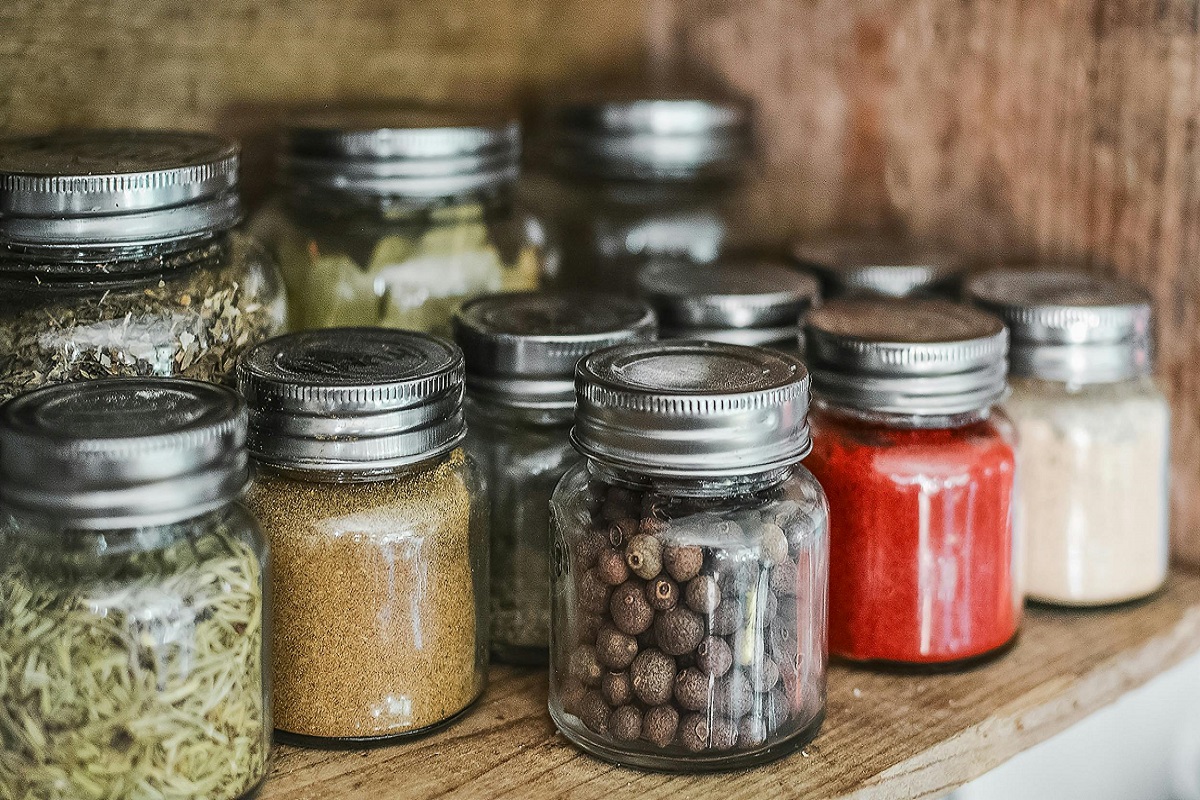
When roasting, skip the oil and focus on adding flavor with herbs and spices. Rosemary, thyme, cumin, and garlic can enhance your dishes without the need for extra fats. Roasting vegetables with a dry rub or spice mix can be just as delicious as when they’re cooked with oil.
Related Post: Best Jelly Roll Pan
Marinate Before Cooking
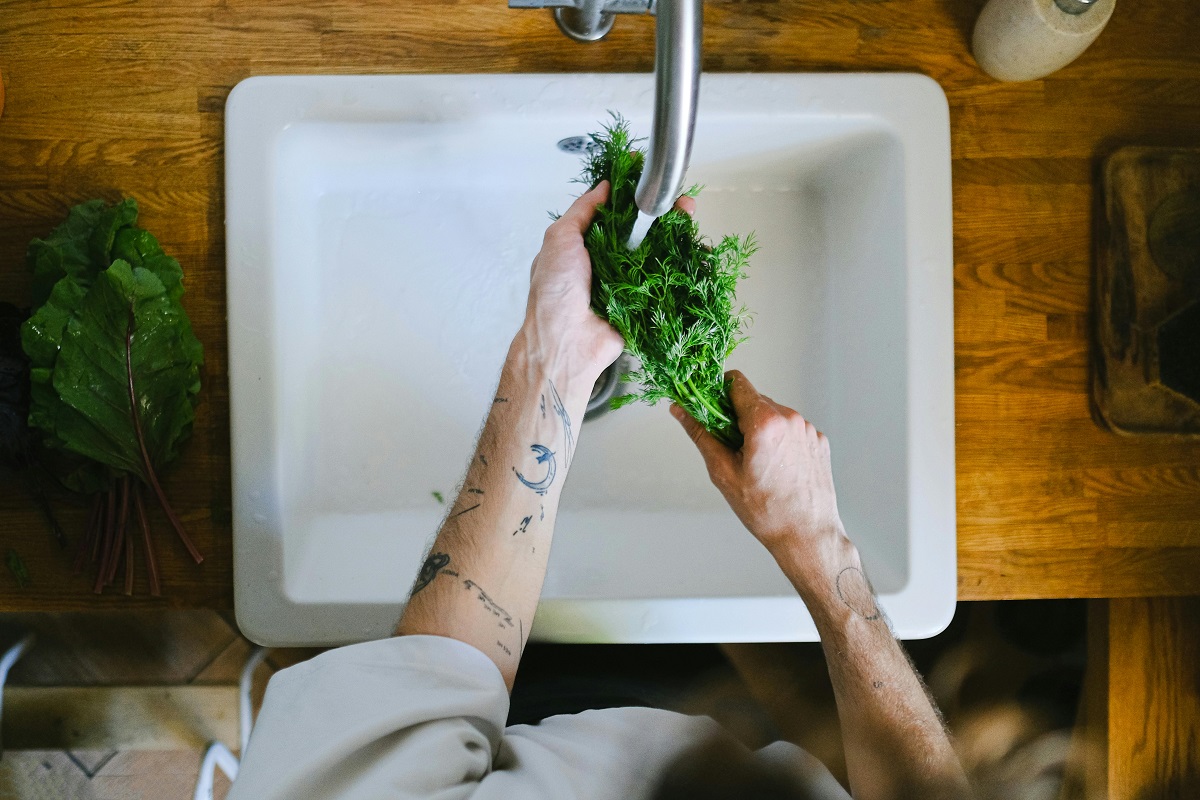
Marinating your protein or vegetables not only infuses them with flavor but also helps tenderize them. Many marinades use ingredients like lemon, vinegar, soy sauce, and herbs, which help reduce the need for oils and fats. This method adds depth to the dish while allowing you to skip excess oil without sacrificing taste or texture. Plus, the acid in marinades can help break down proteins, making them juicier and more flavorful.
Related Post: The Best Pie Weights Substitute: Alternatives You Already Have in Your Pantry
Opt for Air Frying
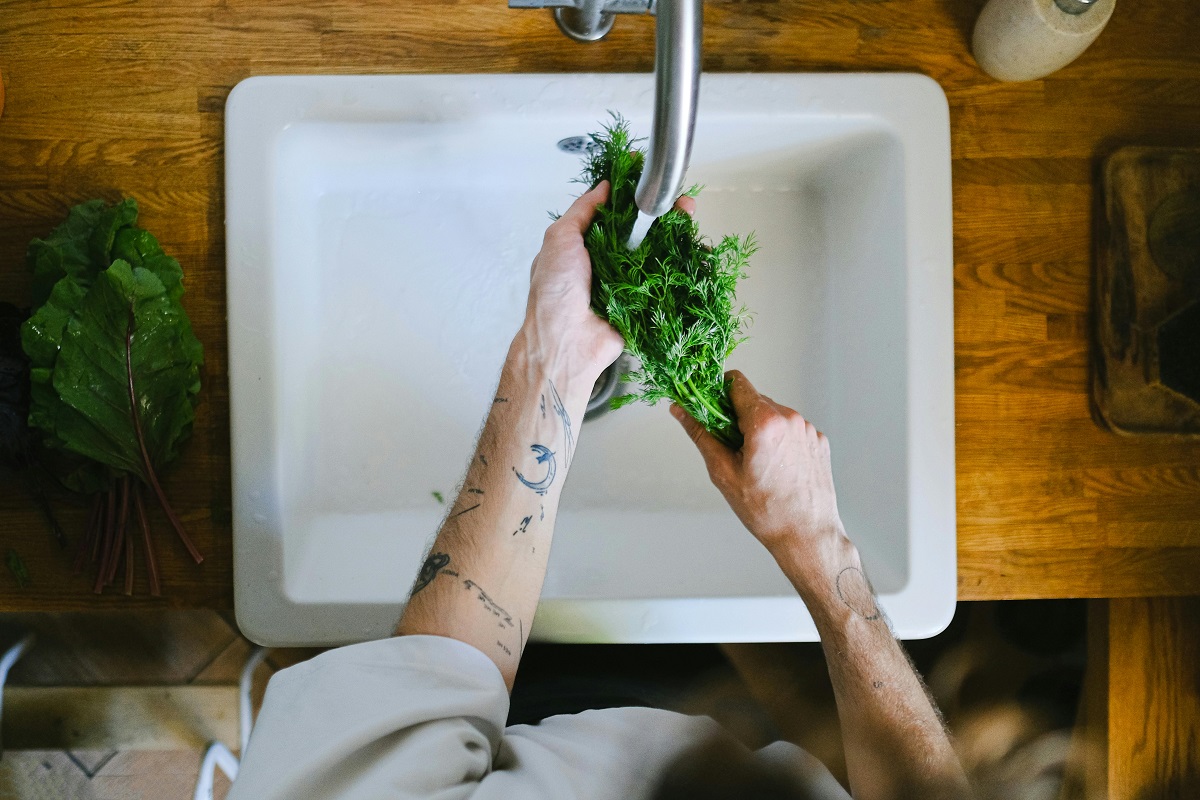
Air fryers use circulating hot air to cook food with little to no oil, giving your dishes that crispy texture without deep frying. It’s a great way to enjoy your favorite fried foods in a much healthier way. Plus, air frying helps reduce the amount of fat in your meals while still delivering delicious, crunchy results.
Related Post: 15 Finger Licking Chicken Dishes You Will Make on Repeat
Use Less Oil with the Right Technique
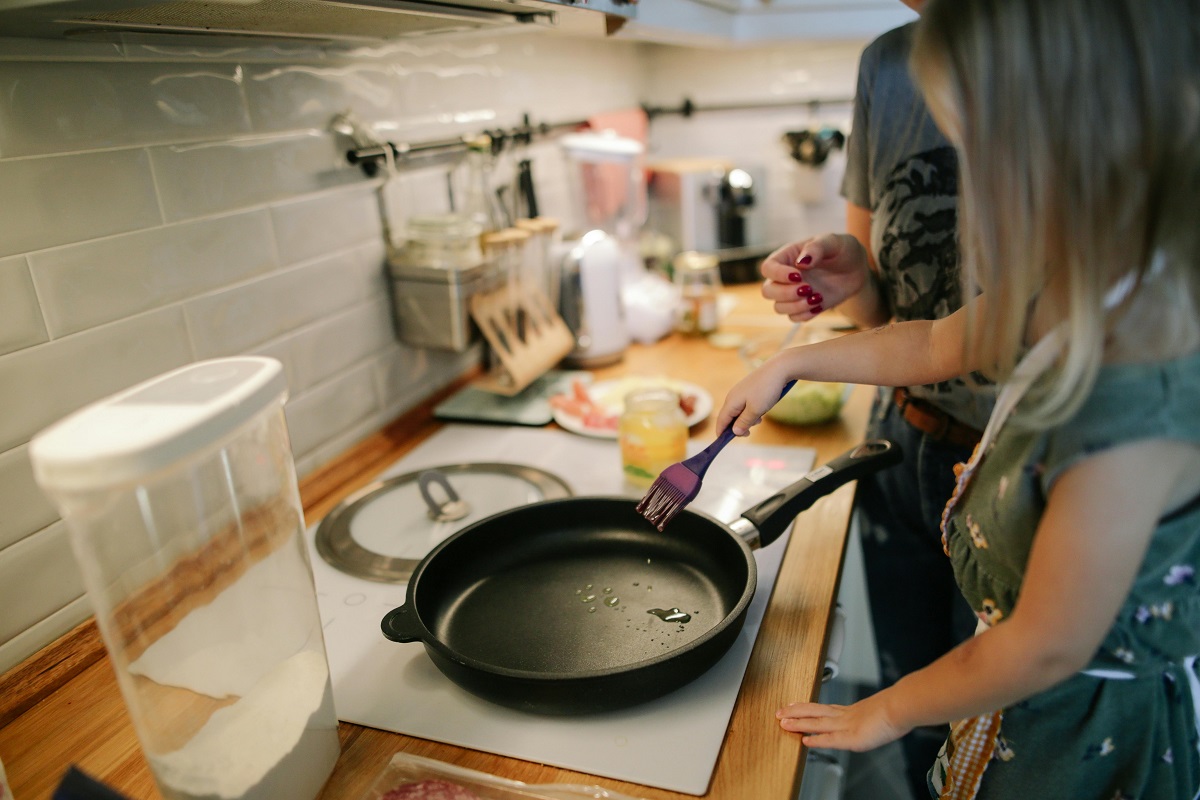
The way you cook can reduce your oil usage. For instance, using a wok to stir-fry with minimal oil or tossing ingredients in a little bit of oil before roasting can go a long way in reducing the amount needed to achieve the perfect texture. By making these small adjustments, you can create flavorful dishes while keeping the oil content to a minimum.
Related Post: Top 13 Best Baking Sheet For Roasting Vegetables (2025 Review)
Cooking with less oil doesn’t mean sacrificing flavor or satisfaction. With these tricks, you can create healthy meals that are just as delicious as those cooked with more oil. By being mindful of your cooking methods and trying out new techniques, you’ll enjoy lighter, heart-healthy dishes without compromising on taste.
Disclaimer: This list is solely the author’s opinion based on research and publicly available information.
15 Warning Signs Your Food Is Spoiled and Unsafe to Eat

Food spoilage is a common concern, especially when it comes to perishable items that can quickly turn unsafe to eat if not handled properly. Spoiled food can cause foodborne illnesses, leading to symptoms like nausea, vomiting, diarrhea, and stomach cramps. It’s essential to be able to identify the warning signs of spoiled food so that you can keep yourself and your loved ones safe. These are a few signs that your food may be spoiled and unsafe to consume.
Read it here: 15 Warning Signs Your Food Is Spoiled and Unsafe to Eat
12 Delicious Meals for Radiant and Youthful Skin

Want to glow from the inside out? Your diet plays a crucial role in achieving radiant, youthful skin! By incorporating delicious and nutrient-rich meals into your daily routine, you can nourish your skin and keep it looking its best. From vibrant salads to hearty, antioxidant-packed dishes, these recipes will have you feeling and looking fantastic. Get ready to dive into a world of tasty meals that promote healthy, glowing skin. Let’s embark on a culinary journey to achieve that youthful radiance you’ve always dreamed of!
Read it here: 12 Delicious Meals for Radiant and Youthful Skin
13 Foods That Work Like a Recharge Button for Your Body

Feeling a bit run down? Imagine having a magical recharge button that could instantly boost your energy and vitality. The good news is, you don’t need magic, you just need the right foods! Certain superfoods act like a natural power-up, fueling your body with the nutrients it craves. From leafy greens to hearty grains, these foods can help revitalize your system and keep you feeling energized throughout the day.
Read it here: 13 Foods That Work Like a Recharge Button for Your Body
